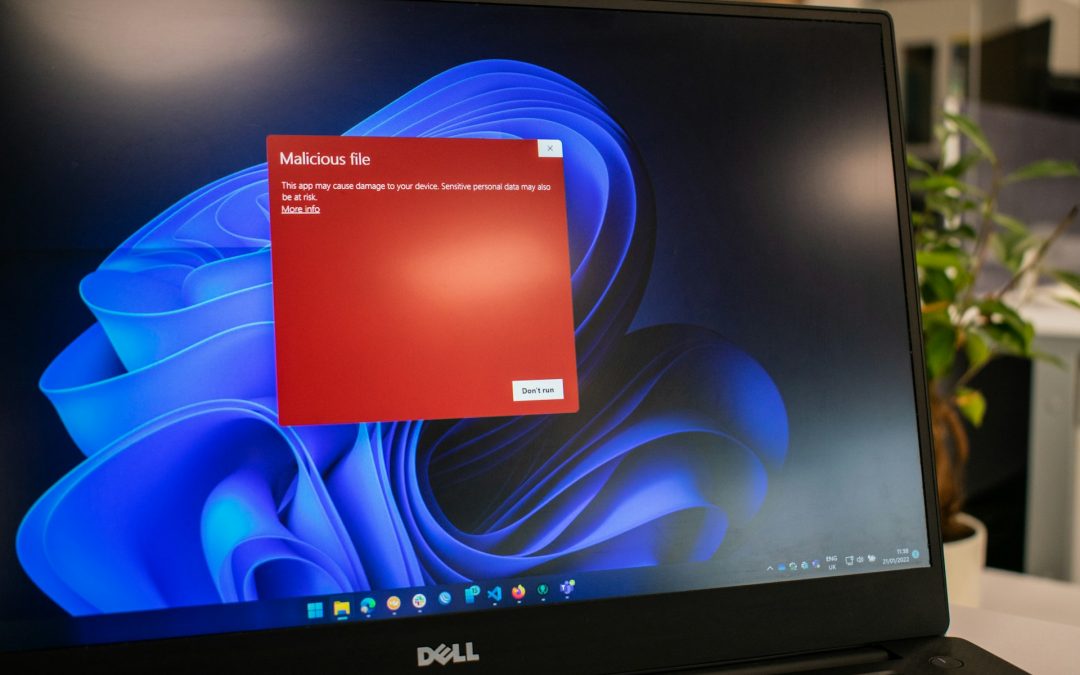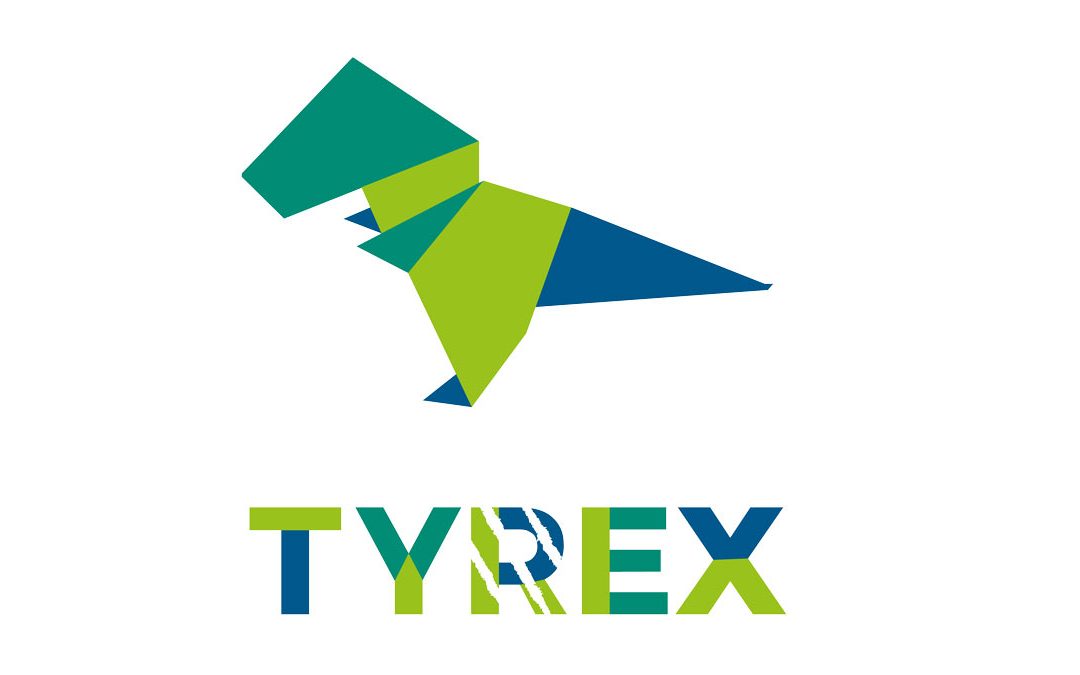Today, cybersecurity is one of the main challenges companies face. And removable media such as USB keys represent a preferred attack vector for cybercriminals to infiltrate corporate networks. In fact, 37% of cyber threats have been specifically designed to propagate via removable ports. The stakes are therefore high for businesses. To effectively defend against such threats, it is particularly important to adopt robust preventive measures. Tyrex provides you with essential advice on how to protect yourself against USB drive infections.
1. Disable automatic execution of the USB key
Very often, when a USB key is inserted into a computer, the system will automatically run certain files on the key. It downloads them and tries to put them into operation.
This can be dangerous if the key contains malicious software. The cyber security policy must therefore include a measure to deactivate this automatic execution function on all the company’s workstations.
2. Use USB decontamination stations
The second piece of advice is to install USB decontamination stations. Essential devices for securing corporate networks, they scan removable media for malware and can quarantine suspect files, thus preventing the spread of viruses or malware. Developed by TYREX, our technology solutions are constantly evolving to address new and emerging threats. A way to protect you against the most sophisticated threats!
As such, it is imperative to establish and maintain a strict IT security policy that includes clear guidelines for the use of removable media. In businesses and public organisations, a ban on the use of unapproved USB keys can be put in place, requiring users to pass through a decontamination facility before any use on the network.
For industrial companies, it may even be a good idea to physically restrict access to USB ports on critical machines, allowing only analyzed and approved media to be used. This adds a layer of security by limiting the possibilities of inserting potentially infected devices.
3. Employee training and awareness
Training employees in cybersecurity is of paramount importance if IT security is to be strengthened. A lack of education can have dramatic consequences. According to research carried out by Google, almost half of people (48%) who find a USB key by chance tend to retrieve it and connect it to a computer.
Spreading awareness messages and training staff in good practice therefore reduces the risk of human error that could lead to infection. This is one of the key steps in cybersecurity.
4. Regularly update antivirus systems
Make sure that all your security solutions, including anti-virus software and USB decontamination systems, are regularly updated. This will ensure that your computer networks are effectively protected against all categories of malware and provide optimum security.
Don’t forget to take a regular look at the new solutions on the market to adapt the security system to your activities. Cyber technologies evolve fast!
5. Carry out regular safety audits
Regular audits detect vulnerabilities in the company’s cybersecurity practices, including the use of removable media. These audits help to identify and rectify weaknesses before they are exploited by hackers.










